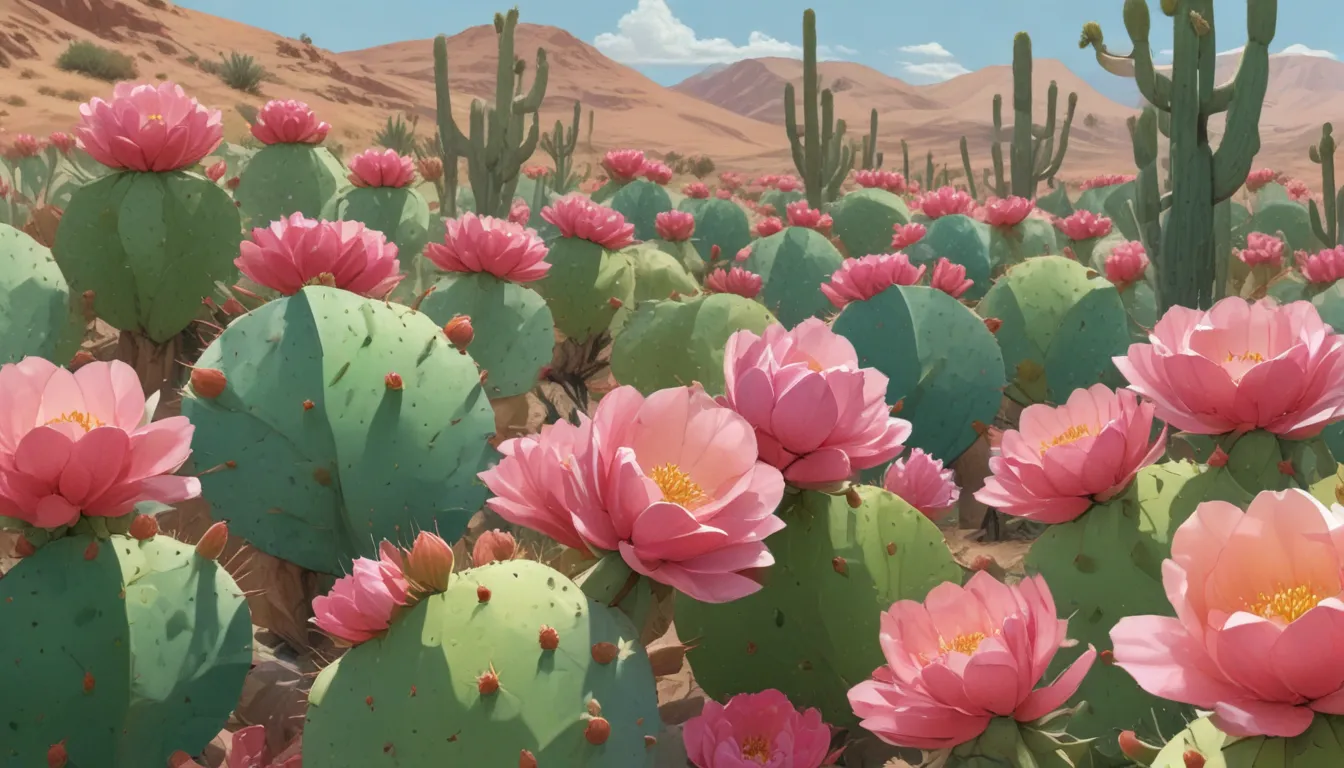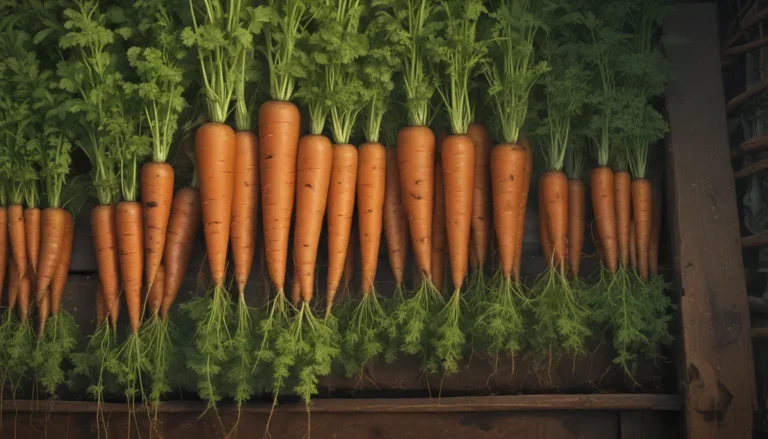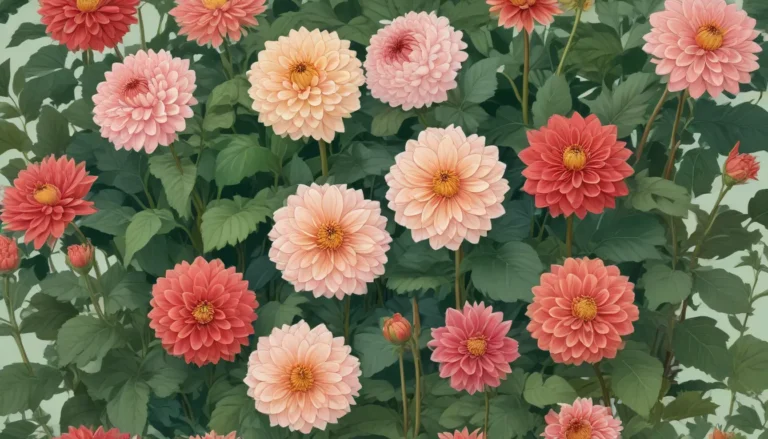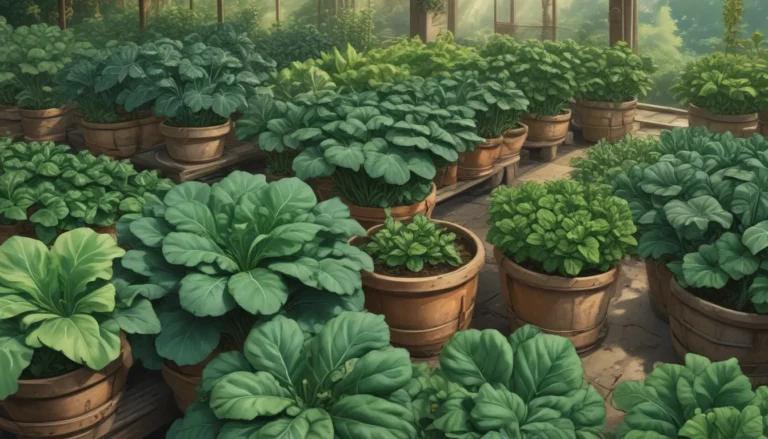Harvesting Prickly Pear (Opuntia) Pads: A Complete Guide

So you want to dive into the world of harvesting nopales? Whether you’re a seasoned collector or just starting, the process of gathering prickly pear cactus pads can be both rewarding and intimidating. But fear not – with the right tools and knowledge, you can confidently navigate the prickly world of Opuntia.
In this comprehensive guide, we’ll explore everything you need to know about harvesting prickly pear pads, from identifying edible species to proper collection techniques and storage methods. By the end of this article, you’ll be ready to embark on your own prickly pear harvest adventure.
Understanding Prickly Pear Cactus Pads
First things first, not all prickly pear cactus pads are created equal. While technically all species within the Opuntia genus are edible, some are more palatable than others. For example, the eastern prickly pear boasts tender, succulent pads, while the brittle prickly pear is essentially inedible.
Before you start harvesting, it’s crucial to identify the species you’re dealing with and ensure it’s safe for consumption. This is particularly important if you’re foraging rather than collecting from a cultivated plant.
Anatomy of an Opuntia Plant
One key aspect of harvesting prickly pear pads is understanding the anatomy of the plant. Most Opuntia species are equipped with spines and glochids – small, barbed spines that can cause irritation. Even spineless varieties may still produce glochids, so caution is essential during the collection process.
Additionally, prickly pears contain oxalic acid crystals, which can be problematic for individuals with certain health conditions. If you’re sensitive to oxalic acid, it’s recommended to consult with a healthcare professional before consuming nopales.
When harvesting, be mindful of chemicals and pollutants that may have contaminated wild-grown specimens. Opt for plants from controlled environments, like your own garden, to ensure safe consumption.
The Best Time to Harvest
Timing is everything when it comes to harvesting prickly pear cactus pads. Young, tender pads are best for consumption, typically appearing two months after formation. Avoid harvesting during winter months when pad texture is compromised due to low water content.
In regions with humid conditions, nopales can be collected all year round. Keep an eye out for fresh, pliable pads with minimal spines for optimal taste and texture.
How Much to Harvest
When collecting prickly pear pads, it’s crucial not to overharvest. Removing more than a third of the pads from a single plant can stress it and hinder its growth. Instead, consider propagating pads to increase your harvest yield without damaging the parent plant.
To prevent unnecessary harm to the cactus and ensure sustainable harvesting, aim to strike the right balance between gathering and preserving the plant’s health.
How to Harvest Nopales
Now, let’s dive into the practical aspect of harvesting nopales. Before you begin, gather the following tools:
- Thick gloves and long sleeves for protection
- Long tongs for safe handling
- A knife or shears to separate pads from the cactus
- A collection container for storing pads
- Towels or rags for pad placement and cleanup
Start by selecting healthy, disease-free nopales early in the morning when oxalic acid content is lowest. Use tongs to safely handle pads and a knife or shears to cut them at the base without damaging the plant. Remove all spines and glochids using a torch, pliers, or knife before washing and preparing the pads for storage.
Using and Storing Your Harvest
Once you’ve collected your nopales, it’s time to prepare and store them for optimal freshness. Nopales are best consumed immediately after harvest or refrigerated for up to a week. For long-term storage, consider freezing them, though the texture may soften upon thawing.
Prepared nopales can be incorporated into various dishes, from salads and stir-fries to pickled delicacies and grilled treats. Experiment with different cooking methods and flavor profiles to discover your favorite way to enjoy prickly pear pads.
Quick Tips for Successful Harvesting
- Collect young pads in the morning for the best taste and texture
- Avoid consuming chemically treated or polluted nopales
- Use appropriate tools like tongs and knives to minimize injury risks
- Thoroughly remove spines and glochids before cooking or storing nopales
- Store your harvest in the refrigerator or freezer for optimal preservation
By following these quick tips and utilizing the knowledge shared in this guide, you’ll be well-equipped to embark on a successful prickly pear cactus pad harvest. Remember, confidence and preparation are key to a safe and enjoyable harvesting experience.
Share your harvesting adventures and creative recipes with us in the comments below – we can’t wait to hear about your prickly pear journey!
For more gardening guides and tips, check out:
- How to Grow and Care for Yucca
- How to Grow Succulents Outdoors in the Garden
- How to Grow and Care for Agave in the Garden
Now, go forth and conquer the world of prickly pear harvesting with confidence and enthusiasm! Happy harvesting!





